Introduction: Are you tired of hearing fitness gurus go on about six-packs and toned arms? Let’s be real, fitness is much more than just looking good. It’s about being healthy, strong, and agile. To achieve true fitness, you need to focus on developing the essential physical abilities that make up your overall fitness. Here are the nine physical abilities you need to know about.
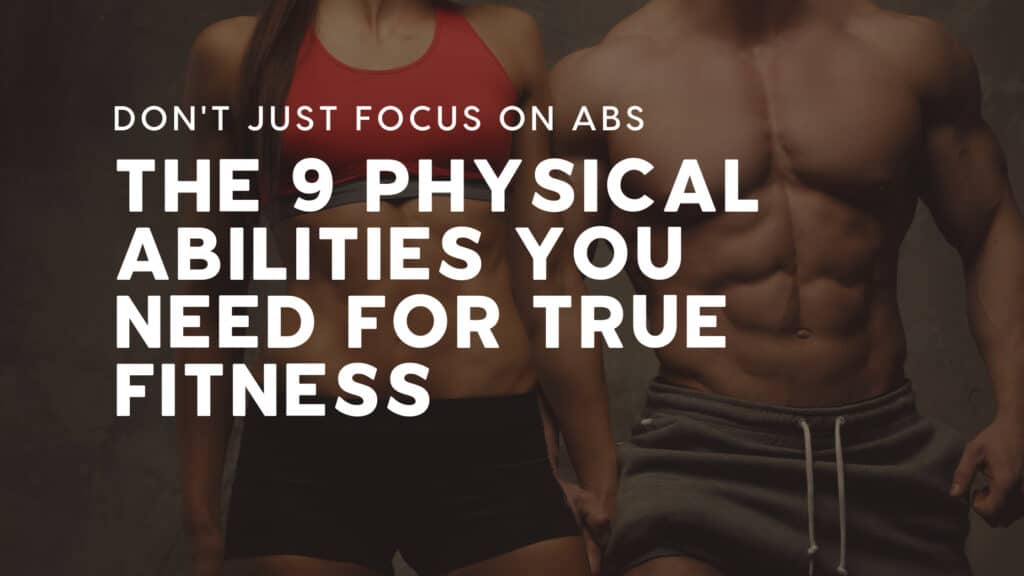
Which are the main physical abilities?
We all want to be fit. Fitness is synonymous with health. But what does it really mean to be fit?
Does it mean having a six-pack? Or being in a condition to run a marathon? Is it about lifting heavy weights or running 100m in under 10 seconds?
Despite being important, these attributes only address single areas of fitness.
Physical fitness isn’t just one thing.
It’s not only about being fast and strong or lean and shredded. And it definitely isn’t about appearance and six-packs.
Think of fitness as a skill set. It consists of different components called the main physical abilities. Each one of these abilities is important and can be measured via specific fitness tests.
First, you should maintain a minimum level of performance in each of these abilities to be healthy. So, when it comes to health, fitness is about balance.
Then, if you are an athlete, you should improve the physical abilities that are more dominant in your sport. If you are a runner, it should be endurance; if you’re a powerlifter, it should be strength, etc. So, when it comes to performance, fitness is about specialization.
If you are wondering which are these main physical abilities, let’s see them one by one:
1. Aerobic capacity

Αerobic capacity is the key component of fitness and health.
It refers to your body’s ability to efficiently and effectively intake oxygen and deliver it to your body’s tissues.
A training program that enhances aerobic capacity is of particular importance for your overall health and quality of life.
2. Anaerobic capacity
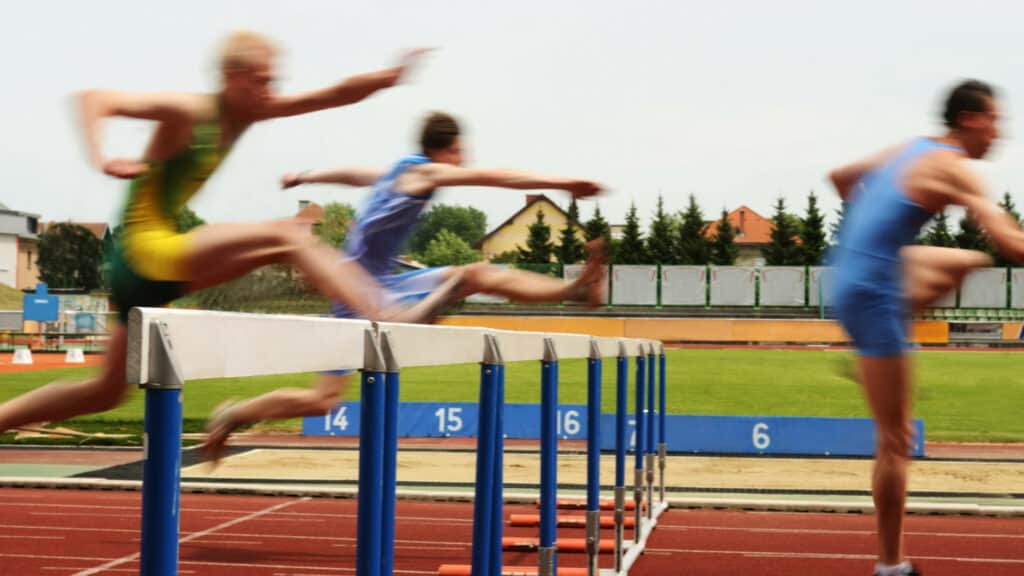
Anaerobic capacity refers to your body’s ability to produce energy without using any oxygen.
If you’re doing a high-intensity exercise that demands fast energy production, your body doesn’t have the time to use much oxygen for energy production and ‘’prefers’’ the anaerobic pathway.
The problem is you can’t keep producing energy at high rates for too long.
The maximum time you can withstand anaerobic energy production is around 2-3 minutes.
In practical terms, this means that anaerobic exercise is more intense but shorter in duration, e.g., sprinting, throwing, jumping.
3. Strength
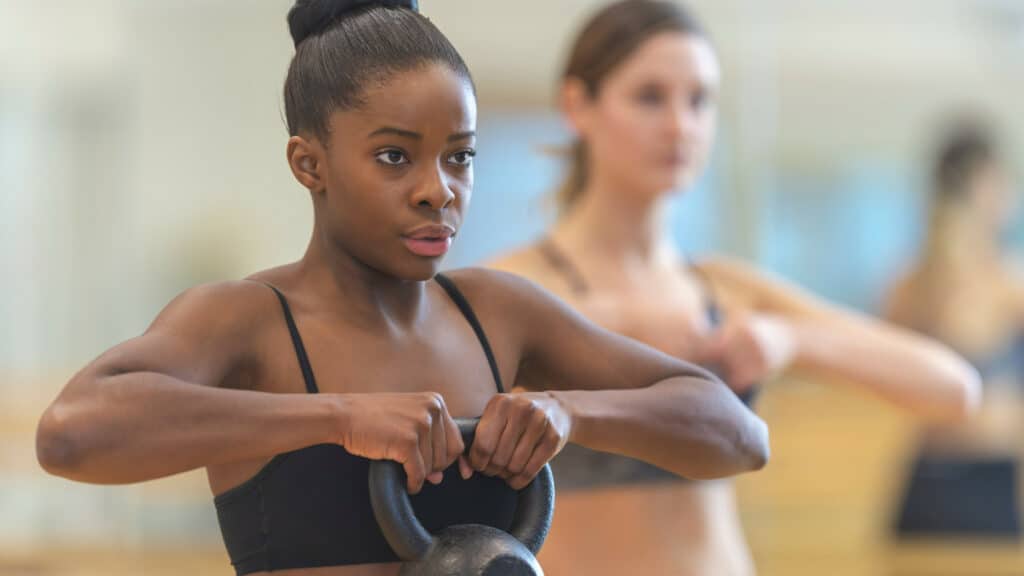
Strength has to do with the amount of force you can produce to resist external resistance.
As your muscle’s contraction produces this force, most people believe strength has to do with being musculus.
However, muscle hypertrophy is just one way to maximize your strength ability.
Other factors like your nervous system activation and the type of muscle fiber contribute equally to your strength capacity.
While strength training helps you build muscles and gives you a good-looking body, it’s also important for success in many sports and, most importantly, for your health.
4. Speed
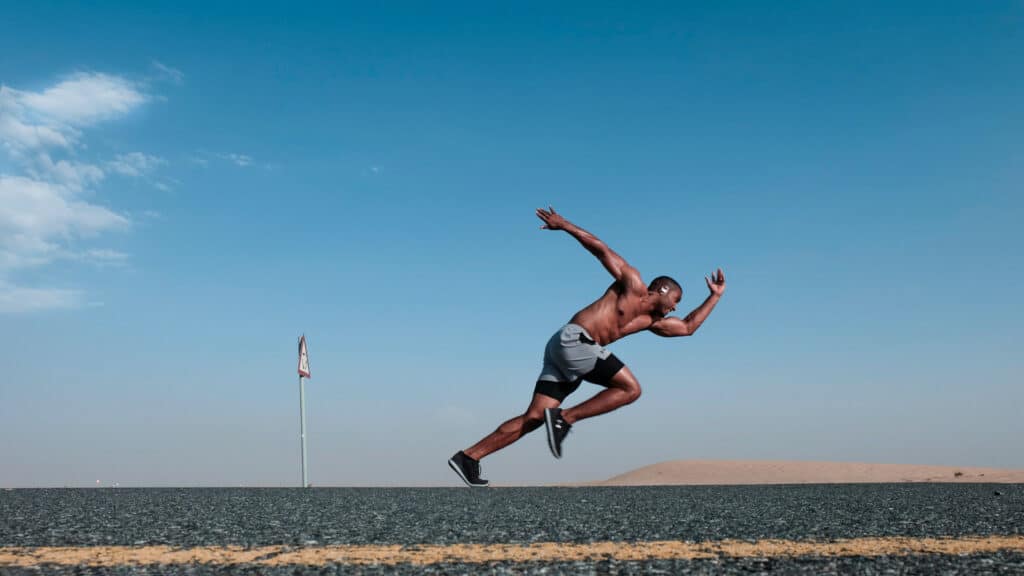
Speed is one of the main fitness components, important for success in many sports.
Speed is not just how fast someone can run (or cycle, swim, etc.) but also how quickly they can accelerate from a stationary position and also how much they can minimize deceleration (speed maintenance).
It requires good strength and power, efficient mechanics of movement, and ideal body composition.
For some athletes, such as Track and Field sprinters, sprint swimmers, cyclists, and speed skaters, speed is the most important aspect of fitness.
5. Power
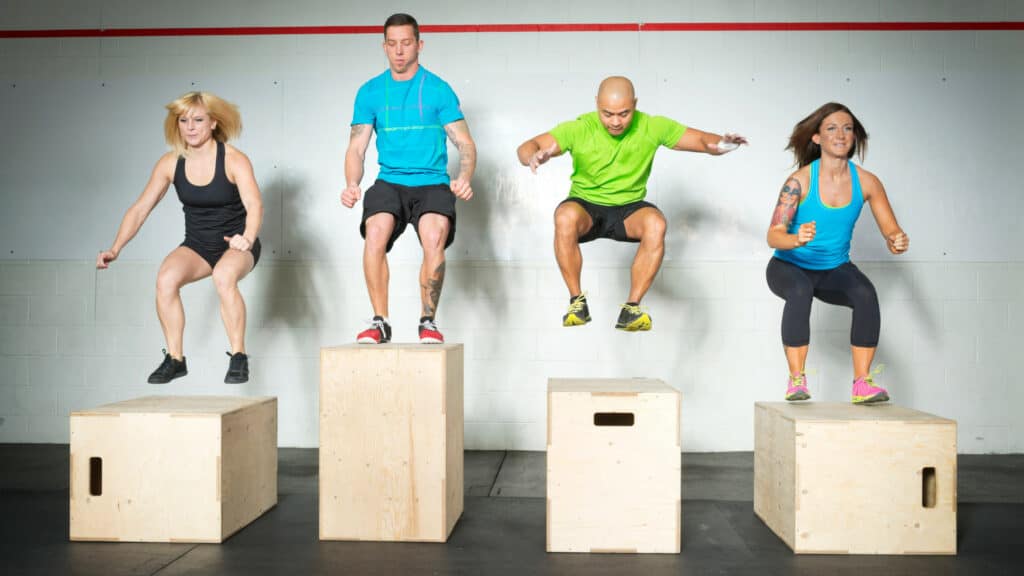
Explosive Power is the ability to exert a maximal force as quickly as possible, as in jumping and throwing implements.
The general exerciser doesn’t usually need to include explosive power training in a regular workout.
Cardiovascular and strength training in a slow, steady manner will give adequate results.
In contrast, athletic movements need to be performed at high speeds, and explosive power is an important component of success in many sports.
Power also is important in injury prevention and minimizing the risk of falls in elder populations.
6. Flexibility
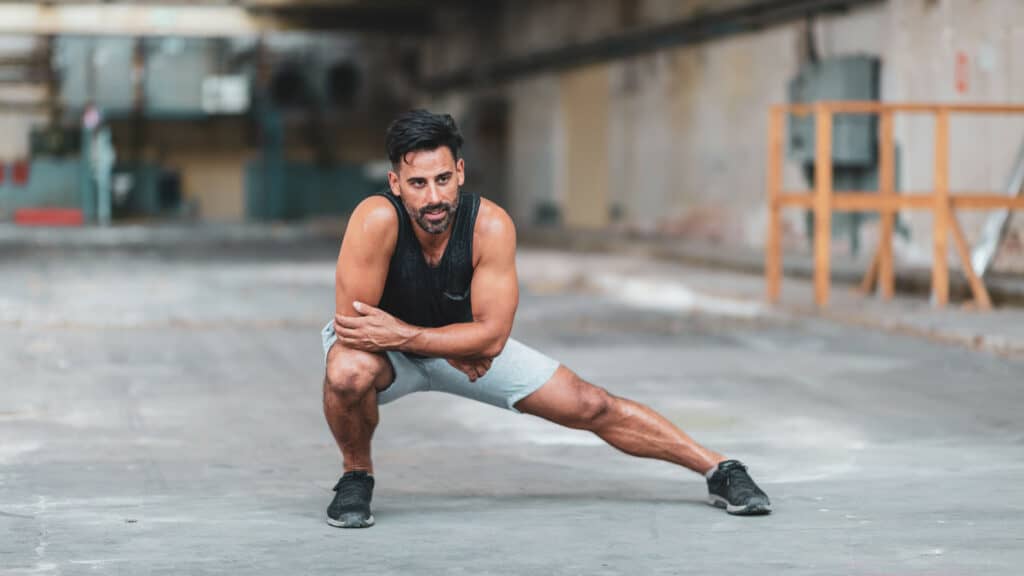
Flexibility is the capacity of a joint or muscle to move through its full range of motion.
It is one of the main fitness components for success in many sports.
In certain sports, such as gymnastics, it is one of the most important physical attributes.
In many other sports, including team field sports and wrestling, good flexibility is an important part of the overall fitness profile.
Good flexibility is also important for injury prevention.
Stretching exercises can be used in injury rehabilitation, warm-up, and recovery after exercise.
7. Proprioception

Proprioception, also called kinesthesia, is your body’s ability to sense its location, movements, and actions.
It’s the reason you’re able to move freely without consciously thinking about your environment.
Examples of proprioception include walking, balancing on one leg, and throwing a ball without having to look at your throwing arm.
Proprioception is necessary for precise and fluid movements, making it essential for athletes and non-athletes.
As we age, proprioception loss increases due to a combination of natural age-related changes to the nerves, joints, and muscles.
This leads to impaired performance and an increased risk of injury, like losing balance and falling.
Your training plan should always include exercises aiming to improve your proprioception like one-leg stands and closed eyes balance exercises.
8. Agility
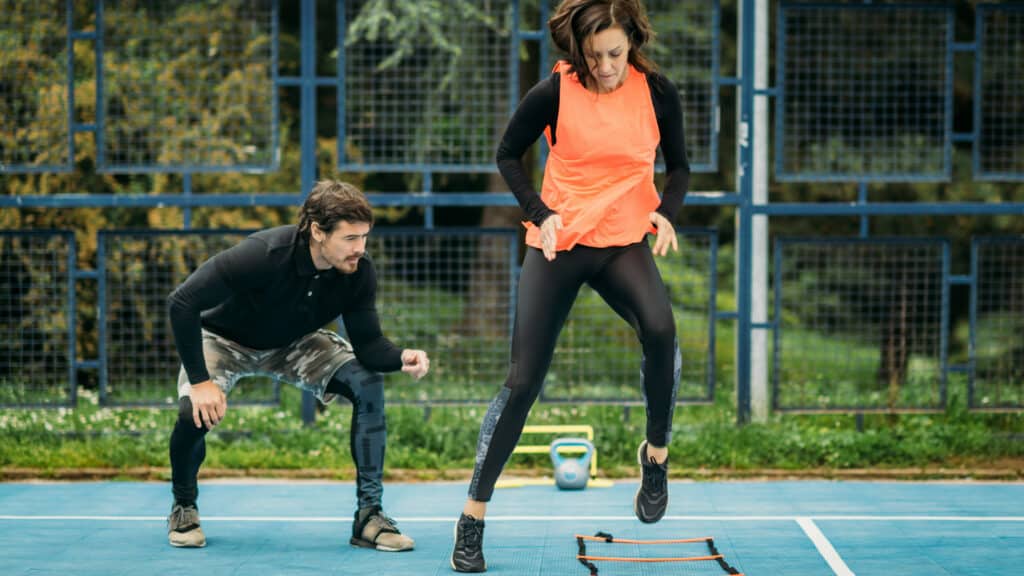
Agility is the ability to move quickly and change directions while maintaining control and balance.
Good agility requires a combination of speed, acceleration, balance, power, and coordination, plus good reflexes.
It is one of the main fitness components, important for success in many sports, such as in the team sports of football and hockey and in individual sports of tennis and squash.
9. Body composition
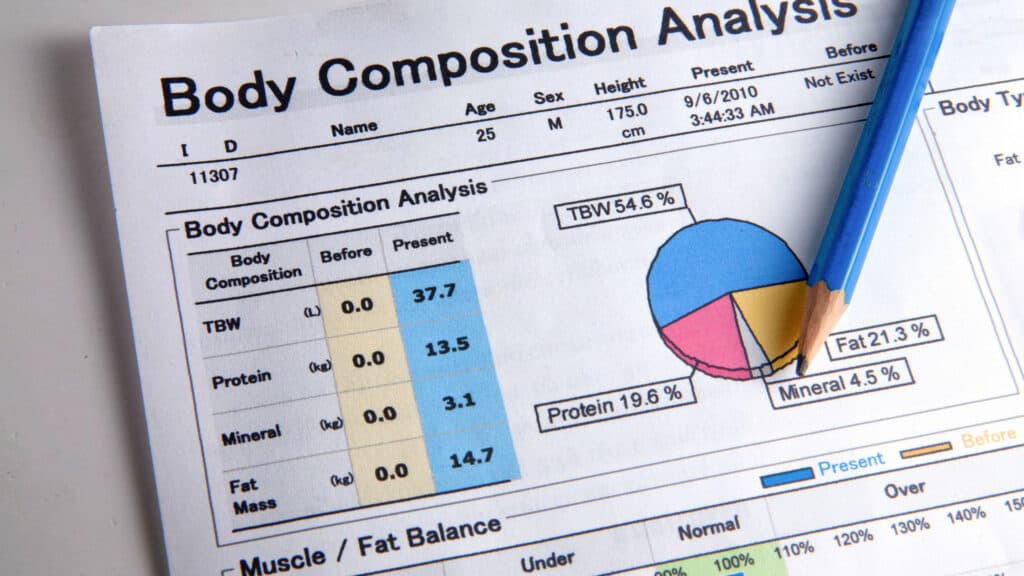
Although body composition is not a physical ability, we included it in this list as it’s one of the main fitness components.
Body composition refers primarily to the distribution of muscle and fat in your body, and its measurement plays an important role in both sports and health.
Excess body fat may lead to obesity and increase the risk of diseases.
In sports, excess fat hinders performance as it does not contribute to muscular force production, and it is additional weight that requires energy to move about.
Training can effectively change muscle and fat distribution and proportions within your body.
That’s why many training or exercise programs are geared solely toward modifying body size and composition in some way.
We hope we helped clarify what being fit really means. It’s not how you look but how you feel and what you are able to do with your body.
Above all, an optimum physical condition leads to better health and quality of life, decreases the risk of any injuries, and helps you take out the diary tasks without getting tired.
If you want a tailor-made fitness plan that will save you time and get you in shape faster, let us know, and we’ll get it done.
We know it’s hard to get in shape when you have a busy life. At Physical, we design a plan that works around your schedule so you can stay healthy and get your dream body faster.
Click the Subscribe Button below and meet your coach.
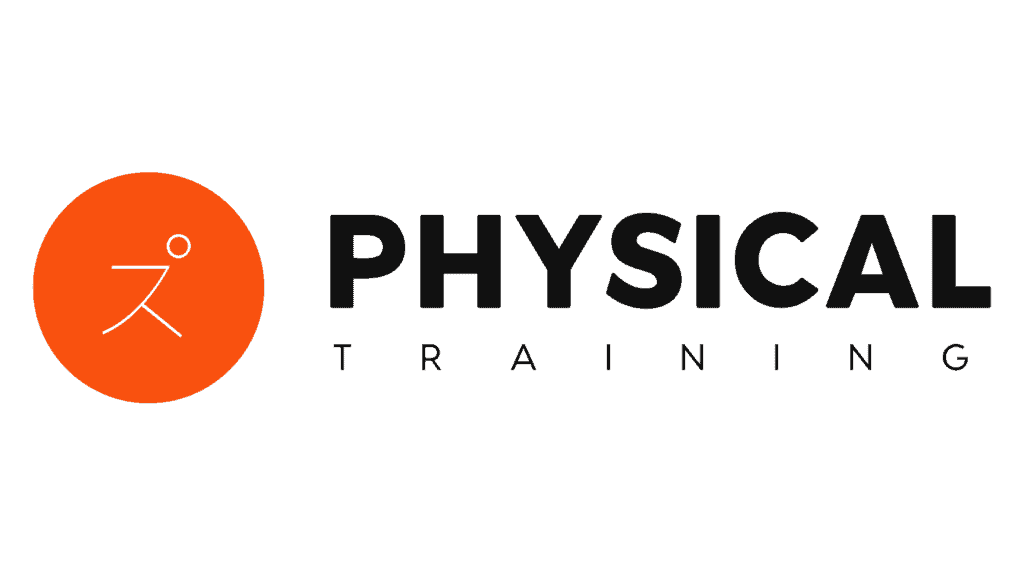
FAQs:
Q: What are the main physical abilities for fitness?
A: There are 8+ 1 main physical abilities for fitness, including aerobic and anaerobic capacity, strength, speed, power, flexibility, proprioception, and agility + body composition. These abilities are important for overall health, performance, and injury prevention.
Q: Why is aerobic capacity important for fitness?
A: Aerobic capacity is the key component of fitness and health. It refers to your body’s ability to efficiently and effectively intake oxygen and deliver it to your body’s tissues. A training program that enhances aerobic capacity is of particular importance for your overall health and quality of life.
Q: How is strength important for fitness?
A: Strength has to do with the amount of force you can produce to resist external resistance. While strength training helps you build muscles and gives you a good-looking body, it’s also important for success in many sports and, most importantly, for your health.
Q: What is proprioception and why is it important for fitness?
A: Proprioception, also called kinesthesia, is your body’s ability to sense its location, movements, and actions. It’s necessary for precise and fluid movements, making it essential to athletes and non-athletes alike. Exercises that improve proprioception, such as one-leg stands and closed eyes balance exercises, should be a part of your training plan.
Q: What is agility and why is it important for fitness?
A: Agility is the ability to move quickly and change directions while maintaining control and balance. Good agility requires a combination of speed, acceleration, balance, power, and coordination, plus good reflexes. It is an essential physical ability for many sports and activities and is important for overall fitness and injury prevention.
